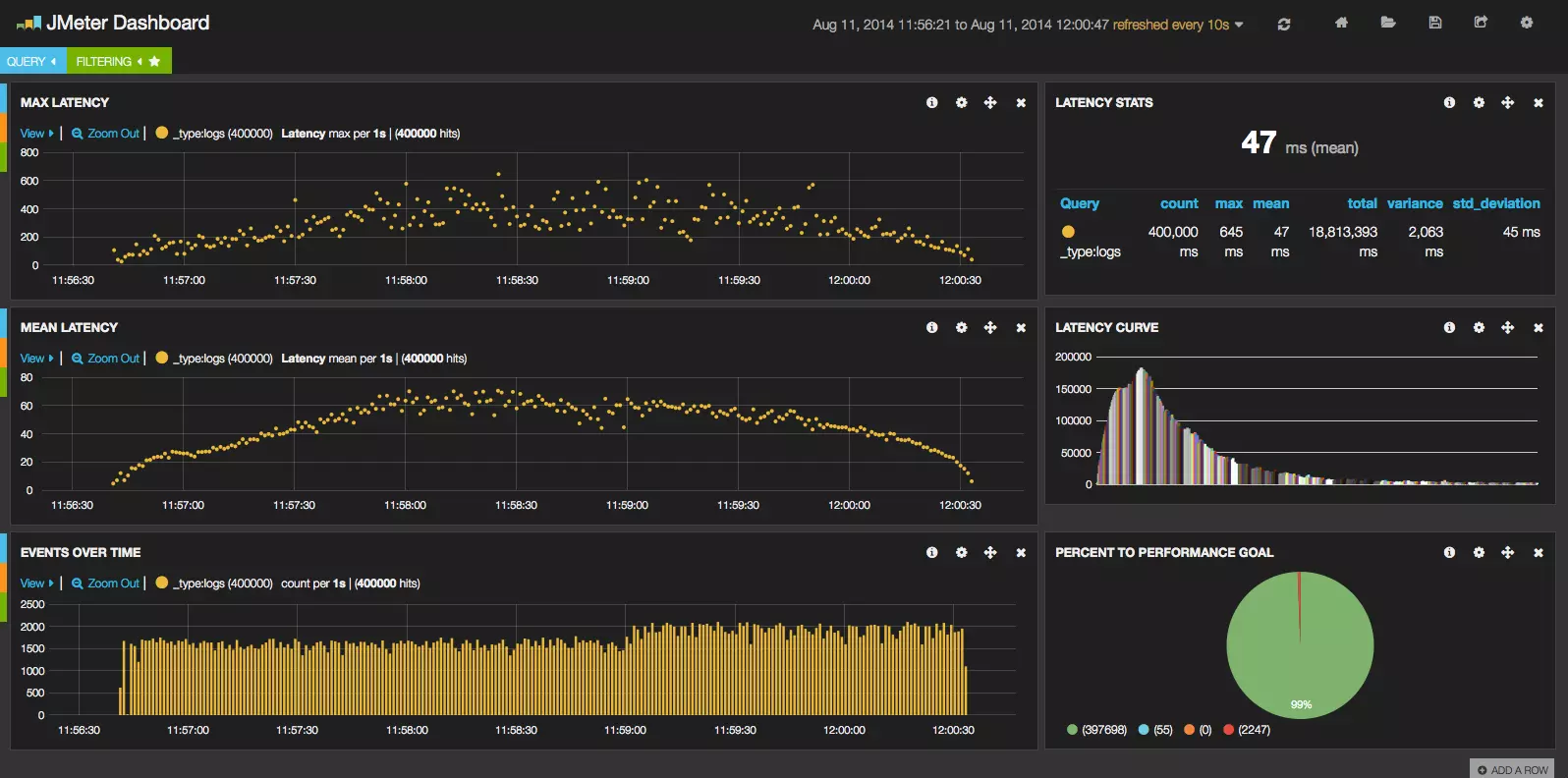
In today's fast-paced digital world, providing fast and efficient performance for websites, web applications, and mobile apps is critical. When a website or application is launched, it must handle the expected and unexpected traffic that awaits it. The ability of a website or application to handle a large number of simultaneous users and transactions is called Load Test. In this article, we discuss load testing and the various tools available for performing load testing.
Load testing is a type of testing that measures the performance of a website or application under certain conditions. This test is used to identify how the website or application behaves under high traffic load and to determine its response time and throughput. Load testing is very important because it helps identify bottlenecks and performance issues that can affect the user experience.
There are different types of load tests that you can perform depending on your needs. Some of the most common types are:
There are various tools to perform load testing, some of the most popular are listed below:
JMeter
Apache JMeter is an open source load testing tool based on Java that can simulate different types of load testing scenarios. It can be used to test the performance of web applications, databases and web services. This tool is presented in the form of two user interfaces, command line and graphical. JMeter supports a wide range of protocols including HTTP, HTTPS, FTP, SOAP, JDBC, LDAP, JMS and many more. It also presents the final results in the form of statistical and graphic reports.

K6
K6 is a modern, open-source, JavaScript-based tool designed for simple load testing. This tool allows you to write the test scenarios you need in JavaScript. K6 is lightweight and scalable and can run in the cloud or on-premises. K6 also has the ability to run load tests on QraphQL APIs.
NBomber
NBomber is a .NET-based load testing tool that supports multiple protocols and can be used to test the performance of web applications, databases, and web services. This tool, while being simple, has a lot of power in performing load tests. One of the positive features of this tool is the implementation of load testing on gRPC and RabbitMQ APIs. Also, this tool has the possibility of distributed execution.
Gatling
Gatling is an open source load testing tool written in Scala language. The tool offers a user-friendly interface, supports multiple protocols, and can be extended through various plugins. Gatling is designed to be easy to use and can generate real-time reports. Also, the possibility of load testing by web-socket is built into this tool.
Locust
Locust is an open source load testing tool based on Python that can be used to test the performance of web applications. This tool can be used through its easy user interface. This tool has the ability to run distributed load tests and tests can be run through different servers.

Load testing is an essential part of the development process, as it helps identify performance issues before they become critical. There are many tools available for performing load testing, each of which has its own strengths and weaknesses. When choosing a tool, it's important to consider your specific needs, such as the type of application being tested, the expected load, and the level of detail desired in the results.

I am Reza Babakhani, a software developer. Here I write my experiences, opinions and suggestions about technology. I hope that what I write is useful for you.
leave a comment